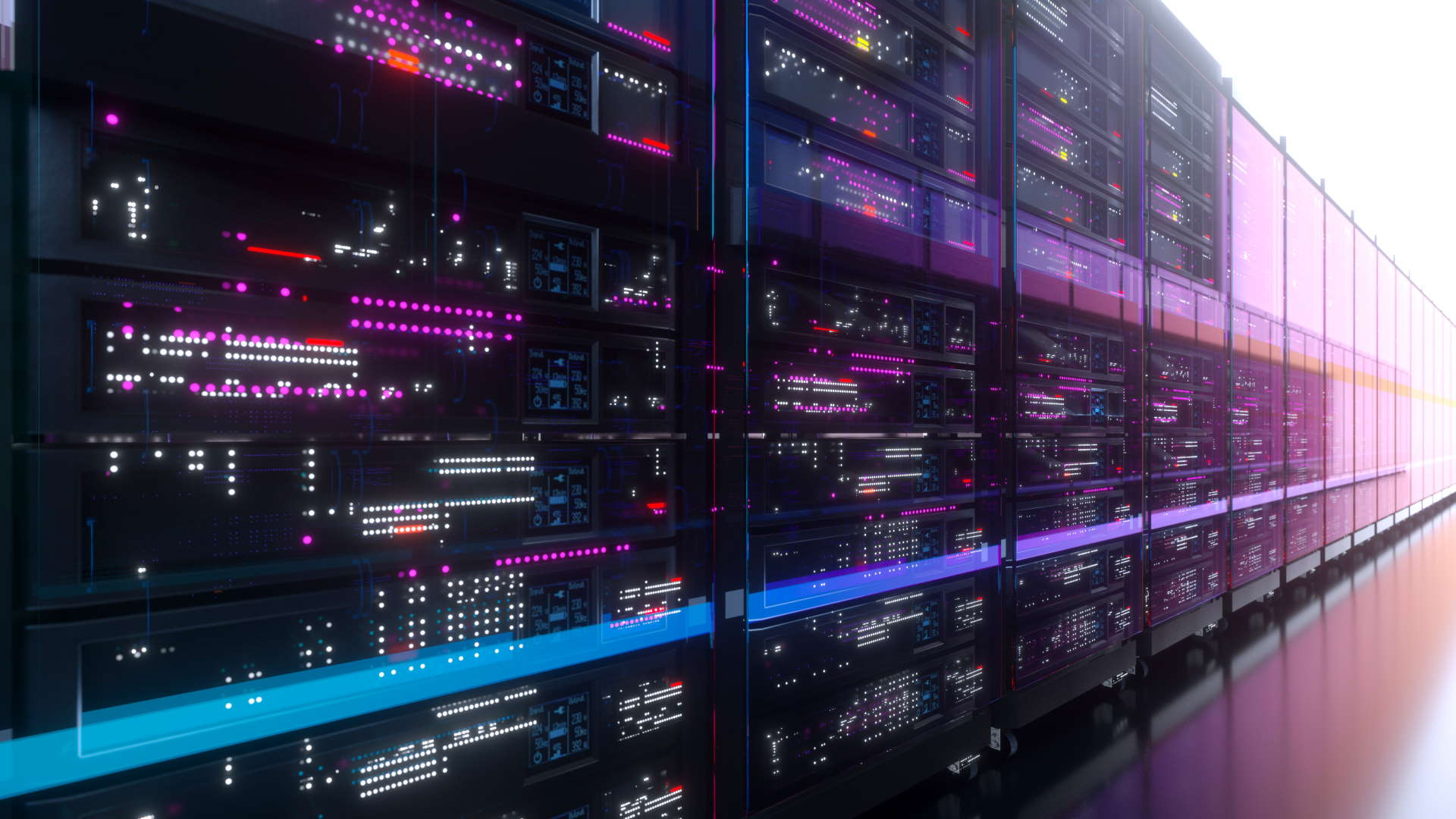Nvidia's next gen AI superchips will reportedly consume up to 1,000W
Upgrade the power grid while you're at it.

The flagship graphics cards of recent generations have been trending upwards in maximum power consumption. The RTX 4090 can pull more than 450W, the RTX 3090 Ti could do the same, while AMD's RX 7900 XTX is rated for 355W. Factory overclocked models are typically a bit higher than that. But those are rookie numbers. It's been reported that Nvidia's next generation GB200 AI accelerator can pull up to 1,000W.
The source of the 1,000W claim is a statement made by Dell COO Jeffrey Clarke during Dell's Q4 2024 earnings call (via The Register). He's as likely to be in the know as anyone, so this 1,000W claim is no mere rumor.
Clarke's actual quote is "Our characterization in the thermal side, you really don't need direct liquid cooling to get to the energy density of 1,000 watts per GPU. That happens next year with the B200."
Note that he refers to the B200, but there's actually no B200 on Nvidia's roadmap. Its next generation flagship enterprise GPU is referred to as the B100. It's based on the Blackwell architecture. However, there is a GB200, which combines the B100 GPU with the Grace CPU. It's likely Clarke simply misspoke and is referring to the latter.
Datacenter GPUs are very different beasts to consumer gaming GPUs, where things like fan speeds, physical size and power consumption are secondary considerations compared to outright performance. The GB200 is all about performance. The different variants of Blackwell based accelerators will eventually form the backbone of cloud AI systems in 2025 and beyond.

Best CPU for gaming: The top chips from Intel and AMD.
Best gaming motherboard: The right boards.
Best graphics card: Your perfect pixel-pusher awaits.
Best SSD for gaming: Get into the game ahead of the rest.
By now, we all know how AI is big business. Nvidia is now the world's third largest company by market cap, recently overtaking Saudi based petro giant Aramco, leaving only Apple and Microsoft ahead of it. And it's catching them quickly, indicating demand for high performance AI accelerators remains insatiable.
I can't imagine we'll ever see a 1,000W desktop graphics card. That's really a step too far for a typical ATX PC, but with 450W becoming a new baseline for high end gaming GPUs, I would expect things to take a step up again. The 500W barrier has pretty much come and gone already, and if Nvidia chooses to release an RTX 4090 Ti, I could imagine 600W or more becoming a reality. Just look at the leaked images of a gargantuan quad slot Founders Edition cooler.
Keep up to date with the most important stories and the best deals, as picked by the PC Gamer team.
Personally, I loathe the idea of cards using that much power. I use a 450W RTX 4090 regularly, and it really does heat up my office room during long sessions. I hate to think what a 600W+ card would do during the warmer months of the year.
No matter what final form the future RTX 5090 takes, it'll be a hot and power thirsty card. If high end Blackwell based GPUs have TDPs above 500W, we can expect quad slot or AIO cooled cards to become the norm, particularly overclocked models.
Hopefully cards like the RTX 5060 and RTX 5070 keep the excellent power efficiency and performance per watt characteristics of cards like the RTX 4060 and recently released RTX 4070 Super.

Chris' gaming experiences go back to the mid-nineties when he conned his parents into buying an 'educational PC' that was conveniently overpowered to play Doom and Tie Fighter. He developed a love of extreme overclocking that destroyed his savings despite the cheaper hardware on offer via his job at a PC store. To afford more LN2 he began moonlighting as a reviewer for VR-Zone before jumping the fence to work for MSI Australia. Since then, he's gone back to journalism, enthusiastically reviewing the latest and greatest components for PC & Tech Authority, PC Powerplay and currently Australian Personal Computer magazine and PC Gamer. Chris still puts far too many hours into Borderlands 3, always striving to become a more efficient killer.

